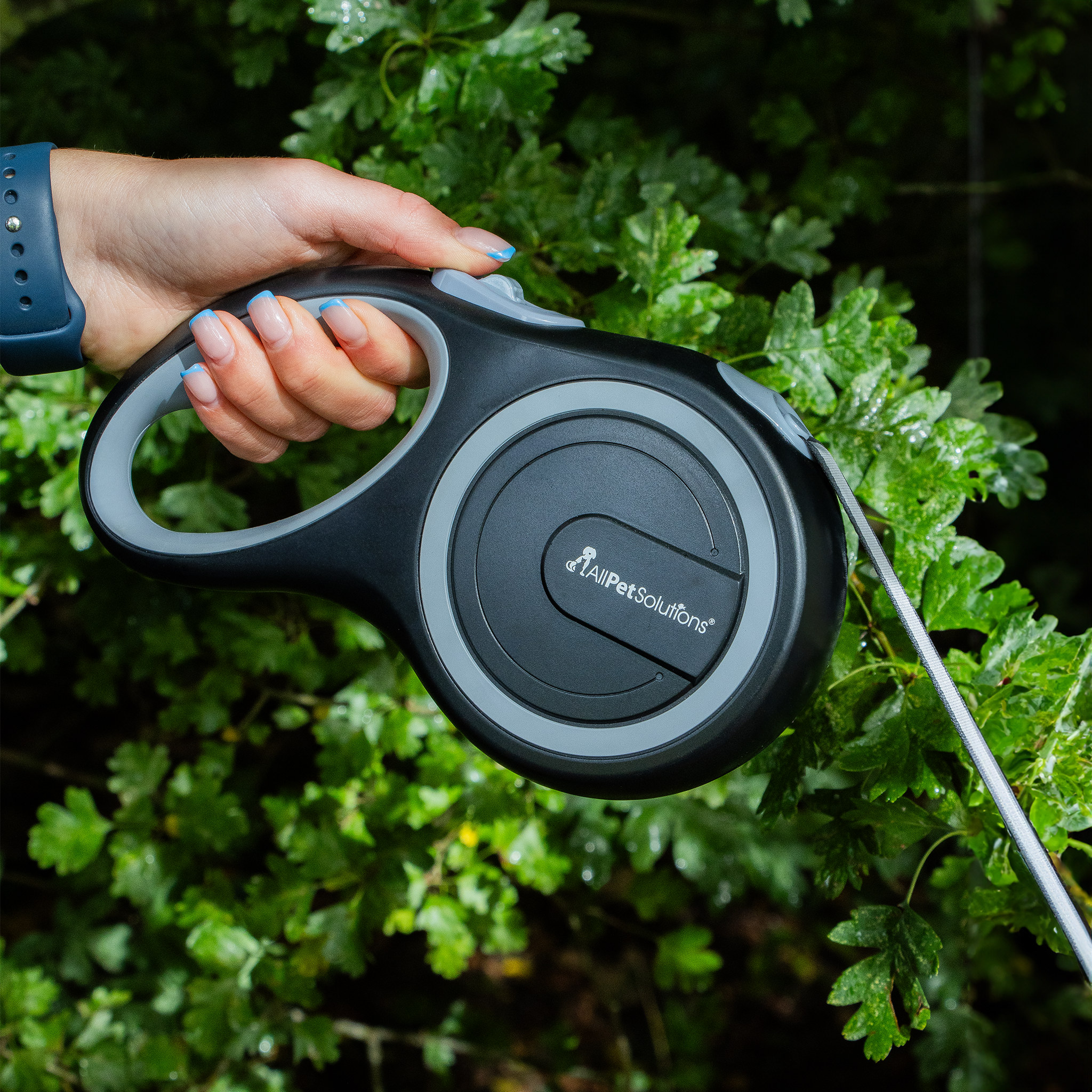Five Steps to Cycle Your Fish Tank
Learning how to cycle fish tank habitats is essential when you first get a new fish tank.
A fish tank cycle means that you create a natural filtration system by making sure your fish have a bacteria colony in their tank - which does the handy job of removing nasty toxins!
New Tank Syndrome is where too many fish, or delicate species, are added to new water too quickly and too soon. If you take the time to mature your aquarium, you ensure the environment is packed with healthy bacteria and is a safe place for your fish to live happily.
You can create a fish tank cycle with fish, and without. It's best without fish if you can, to avoid exposing your fins to any harmful ammonia and nitrate - in which case you can use bottled ammonia and can also choose live bacteria products to speed up the process.
Alternatively, some hardy fish are great at helping to produce the natural bacteria needed (from fish food and biological waste) - but must be sturdy and able to thrive in water conditions where ammonia and nitrite levels are present.
What Do I Need For a Fish Tank Cycle?
Here's what you'll need:
- Dechlorinated water - you can treat tap water first to make sure it's safe to use (tap water contains chlorine that kills bacteria, which isn't what we're after!).
- A good quality aquarium filter - new filters need a fish tank cycle before being used with fish, as they won't yet have the power of those friendly bacteria.
- Water testing kits to make sure the water is safe for your fish before you put them in.
- An aquarium heater if you're keeping tropical fish.
- LED aquarium lights.
How To Start a Fish Tank Cycle in 5 Easy Steps:
- Add ammonia to the aquarium water each day - either with water treatments and bacteria additives for a fish tank cycle or by adding hardy fish.
- Initially, you'll see ammonia levels in the water and can check these with your testing kit.
- Next, test for nitrite levels - this means that phase one of nitrification is occurring and you're on the right track.
- Once the ammonia starts to drop, and the nitrite begins to rise, you now have Nitrospira in your aquarium filter.
- Nitrospira converts nitrite into nitrate, so this is good news. When your water testing kit shows ammonia and nitrite at zero, and nitrate starting to rise gradually, your fish tank is mature and ready for more delicate fish.
For any advice about how to cycle fish tank environments, feel free to contact the AllPetSolutions team for guidance on the ideal products to use!

